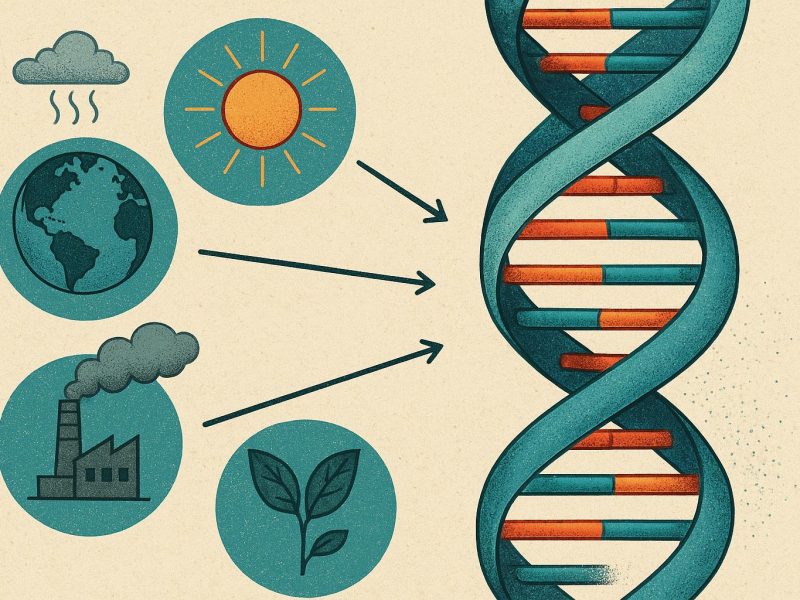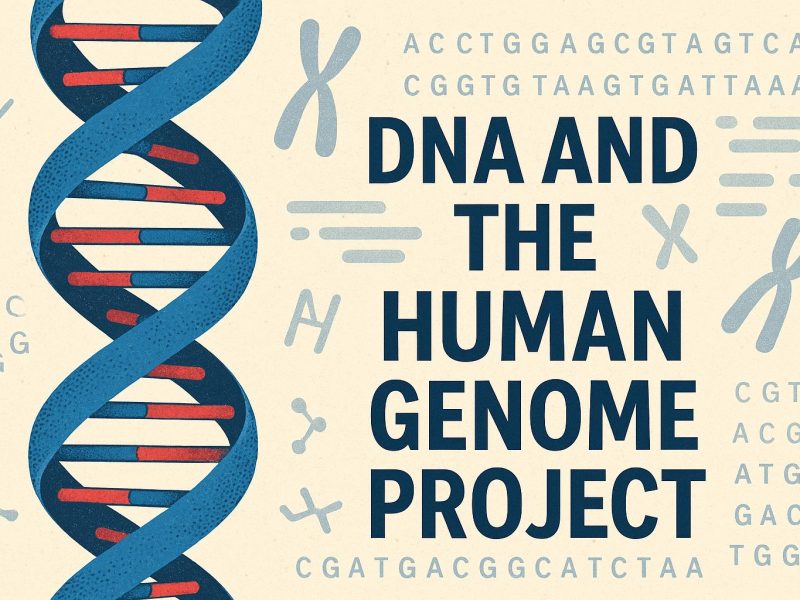The Role of DNA in Forensic Science
DNA analysis has undergone significant transformations over recent decades, leaving an indelible mark on the landscape of forensic science. Its advent has afforded investigators a tool of unparalleled accuracy for connecting suspects or victims to crime scenes, aiding in the identification of remains, and exonerating those wrongfully convicted. This exploration will delve deeper into the methodologies and applications of DNA in the complex field of forensics.
Understanding DNA
DNA, scientifically referred to as deoxyribonucleic acid, is the molecular blueprint that governs hereditary characteristics in humans and a vast array of other organisms. Housed primarily within the cell nucleus, DNA boasts a complexity and uniqueness that make it an ideal candidate for personal identification. Its utility in forensic applications stems from the ability to analyze and compare DNA sequences, facilitating the construction of an individual’s genetic profile with remarkable precision.
Collection and Processing
In forensic DNA analysis, the initial and paramount step is the collection of samples from the crime scene. These samples may encompass a variety of biological materials such as blood, hair, and skin cells, all potential reservoirs of DNA. The integrity of the entire analysis hinges on the meticulous collection and preservation of these samples, ensuring they remain uncontaminated and intact.
Once collected, the DNA undergoes extraction, a process aimed at isolating the genetic material from cellular components. Following extraction, quantification is performed to ascertain the amount of DNA available for analysis. The extracted DNA then undergoes Polymerase Chain Reaction (PCR), a technique that exponentially amplifies the DNA. PCR enhances even the minutest amounts of DNA, rendering them suitable for comprehensive analysis.
DNA Profiling
Post-amplification, DNA analysis is conducted to yield a distinctive DNA profile. Within the realm of forensic science, this profiling is predominantly carried out using Short Tandem Repeat (STR) analysis. STR analysis zeroes in on particular segments of DNA known for variability between individuals, creating a genetic profile that acts as a forensic fingerprint. This profile can then be cross-referenced with existing databases or other profiles, establishing connections or disassociations as needed.
Applications in Forensic Investigations
The application of DNA in forensics extends to multiple dimensions:
Identification: DNA plays a pivotal role in the identification of victims, particularly in scenarios involving mass disasters or missing persons cases. Furthermore, it serves as a definitive tool in affirming or negating an individual’s involvement in criminal activities.
Linking Suspects to Crime Scenes: At the crime scene, DNA constitutes a crucial piece of evidence. When compared to the DNA of a suspect, it provides a clear indication of presence or absence, which is essential for ascertaining guilt or innocence when the identity of the perpetrator is ambiguous.
Exonerating the Innocent: One of the most profound impacts of DNA analysis is its ability to overturn wrongful convictions. Several organizations dedicated to rectifying such miscarriages of justice have harnessed the power of DNA testing as a fundamental aspect of their advocacy.
Challenges and Considerations
Notwithstanding its profound capabilities, the deployment of DNA in forensics is not without its challenges. A primary concern is contamination, which poses a risk of leading to erroneous outcomes. To mitigate this, stringent protocols must be adhered to throughout the collection, storage, and analytic phases, safeguarding the purity of samples.
The interpretation of mixed DNA samples—where genetic material from multiple individuals exists—presents another layer of complexity. This multifaceted scenario requires the implementation of advanced statistical methods to accurately untangle and interpret such mixtures.
Furthermore, the growing reliance on DNA for forensic purposes raises ethical considerations. Privacy concerns regarding the storage and accessibility of DNA databases necessitate critical scrutiny and robust governance to ensure ethical integrity and public trust.
Conclusion
DNA analysis has become a cornerstone of forensic science, significantly enhancing the precision and reliability of criminal investigations. This integration has bolstered the justice system’s capacity to accurately identify and prosecute offenders while providing a safeguard for the innocent. As forensic science continues to evolve, navigating the logistical, ethical, and technical challenges will be imperative in harnessing the full potential of DNA analysis.
For more detailed information on forensic DNA testing, please visit National Institute of Justice.



